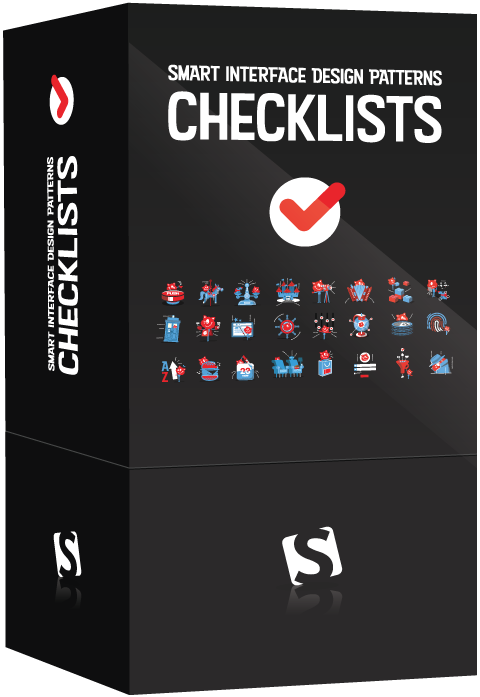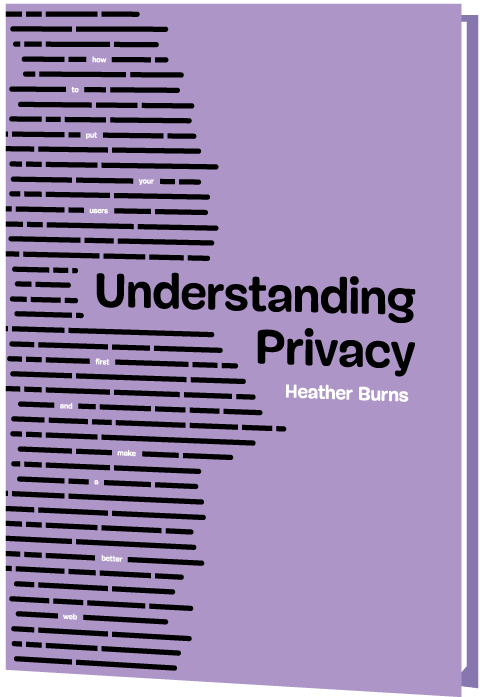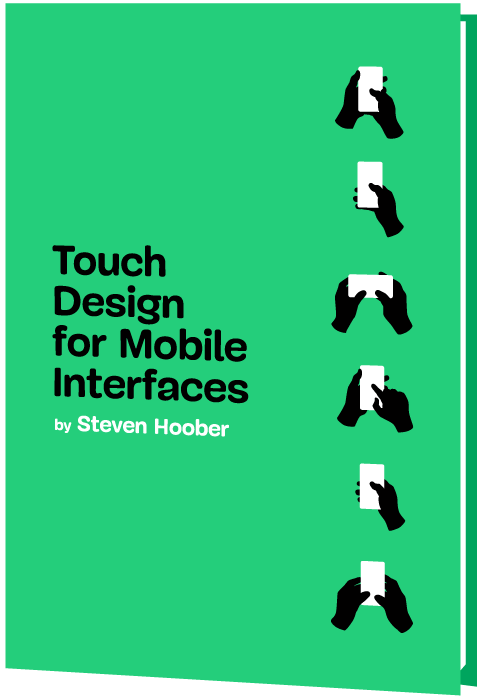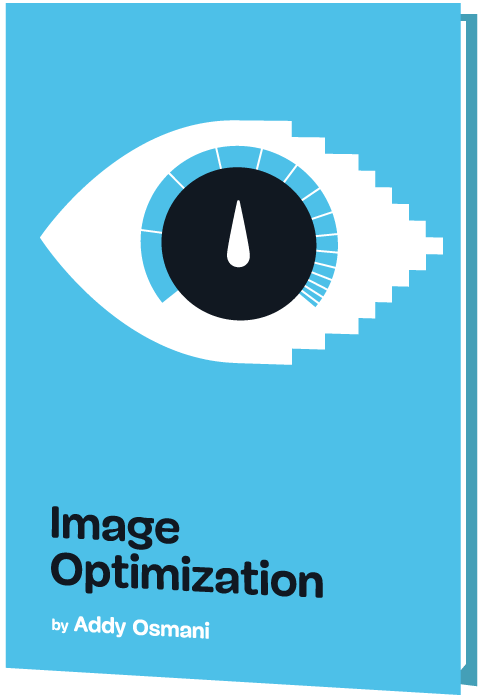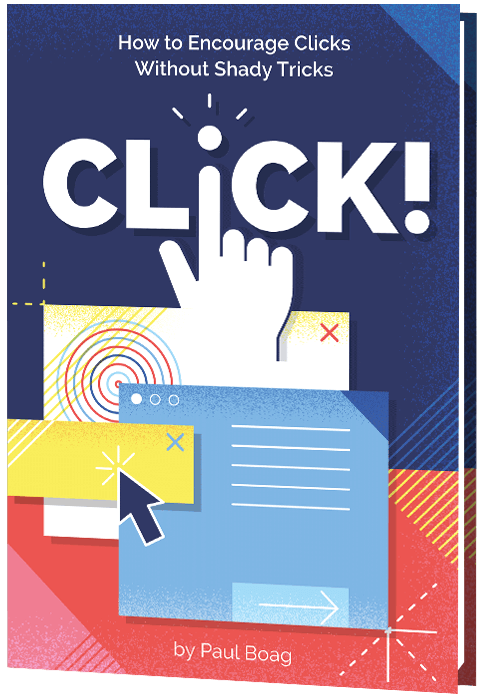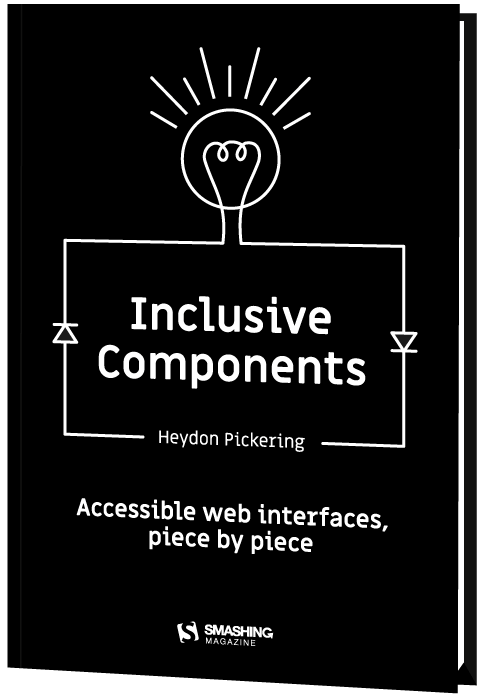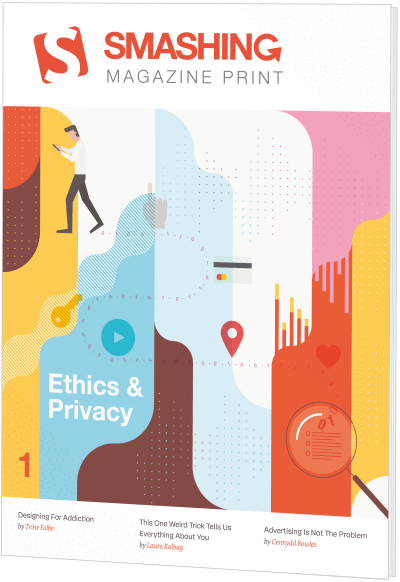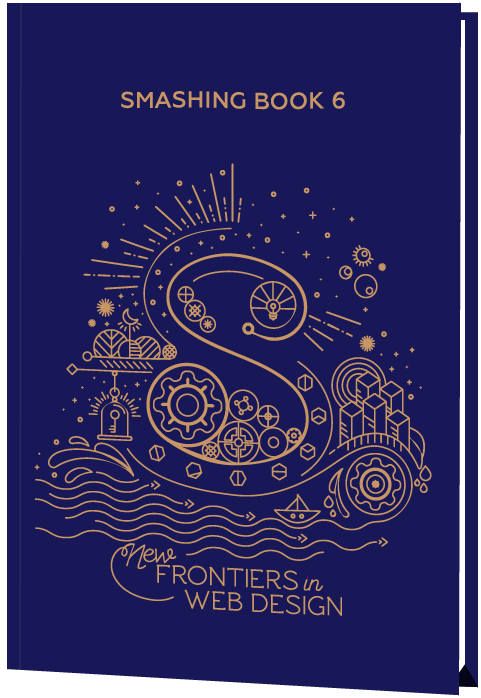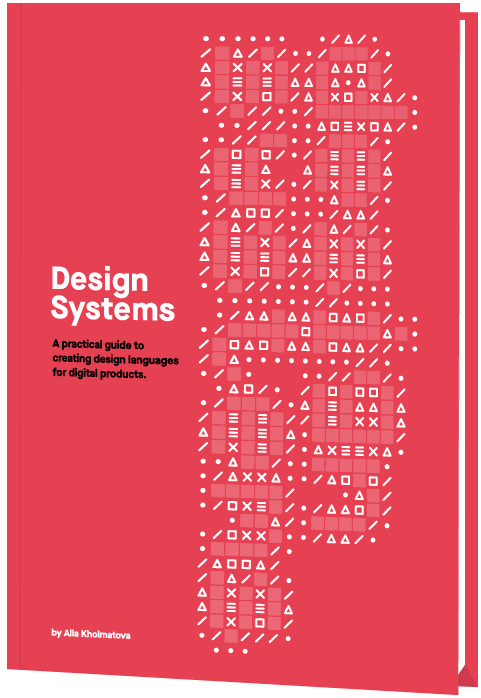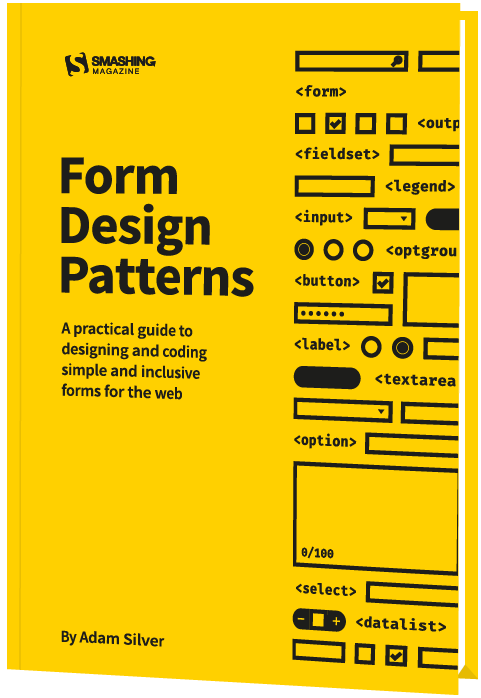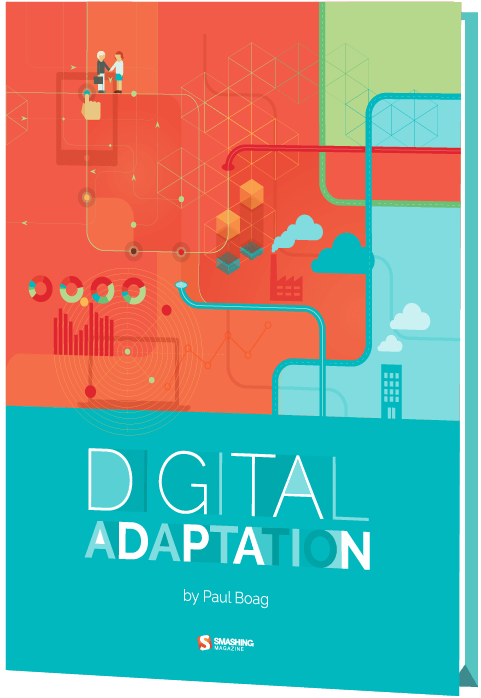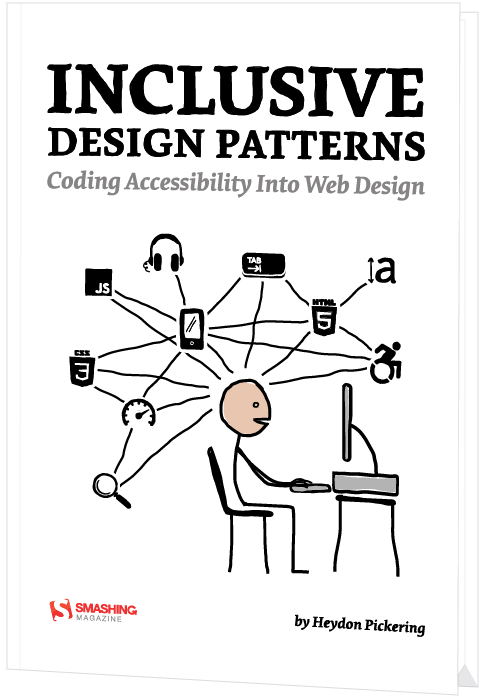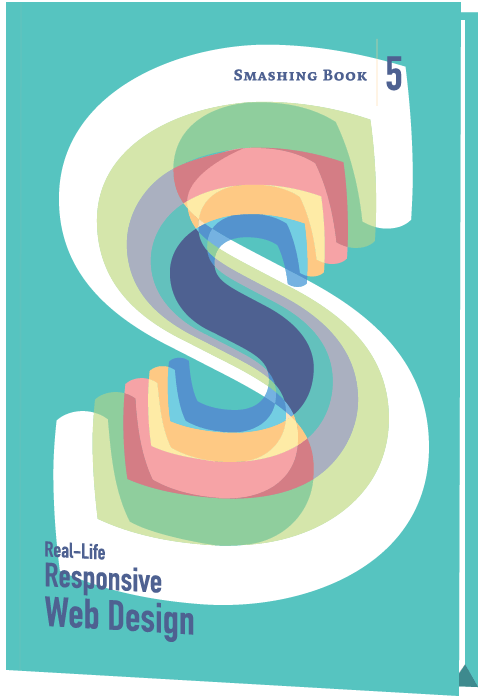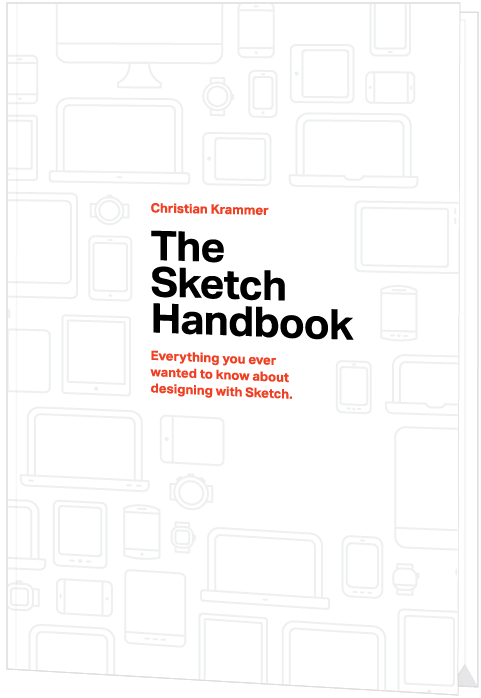The Ethical Design Handbook (eBook)

ePUB, Kindle, PDF
Over the past 20 years, user privacy has become merely a commodity on the web: there, but hardly ever respected — and often swiftly discarded. No wonder ad-blockers and tracking-blockers have gained traction, and in times when ad-blocking, browsers and new legislation (e.g. GDPR/CCPA) introduce constraints on data collection, we need alternative business models that companies can rely on. Models that respect customer choices and are built and designed with ethics in mind. Jump to table of contents.
But how do we get there? Meet The Ethical Design Handbook, our new guide on ethical design for digital products, with practical guidelines on how to help companies leave dark patterns behind and boost business KPIs along the way. 368 pages. Download a free PDF excerpt (5.9 MB) (also as ePUB, Kindle).
You'll learn how to:
- explain what ethical design is
- justify and prove a business case for ethical design
- grow a sustainable business built on ethical design principles
- strike the balance between data collection and ethics
- embed ethical design into your workflow
- get started with ethical transformation
About The Book
Many business models thrive on ingeniously deceptive and manipulative digital products. Not because they have to; mostly because dark patterns have become such an accepted norm. But what happens when ad-blockers, cross-browser tracking protection and data regulation (e.g. GDPR & CCPA) become a norm, too? That's when an honest, ethical design could be a competitive advantage.
To grow a sustainable business, we need to learn how to leave dark patterns behind. We also need to figure out how to make honest digital products financially viable. Products that enable and respect customer choices and are built and designed with ethics in mind.
It's not just the poor state of the web that brings us here though. It's the lack of alternatives that companies can rely on. Ethical Design Handbook explores alternative, sustainable business models and shows how businesses can move towards ethical design and become more profitable as a result. It’s a very practical and tactical guide for designers, developers and management, with case studies and techniques applicable to every digital product.
Towards Ethical Design
Recently we’ve started seeing a shift in user perception. People are increasingly fighting back against tracking, manipulation, overwhelming advertising and ambiguous interfaces. There is a growing expectation of transparency and respect. Failure to meet these expectations is regulated by law, in the form of GDPR and CCPA, as well as the press and the people taking it to social media.
Now is a good time to shift to ethical design to get things right. But first we need to understand what ethical design actually means, then make the case for ethical design principles, and then introduce an ethical transformation roadmap. By adopting and embracing a new set of design principles, we can grow a sustainable digital business.
These tasks aren’t easy, and you might need some help to get there. The Ethical Design Handbook helps you get through all of it. It’s a practical guide on ethical decisions with guidelines on how to help companies leave dark patterns behind and boost business KPIs along the way.
About The Authors
 Trine Falbe is a human-centered UX strategist, designer and teacher who works in the intersection between people and business. Trine is deeply passionate about ethical design and designing for children, and she is also a keynote speaker at conferences and a UX advisor in strategic projects.
Trine Falbe is a human-centered UX strategist, designer and teacher who works in the intersection between people and business. Trine is deeply passionate about ethical design and designing for children, and she is also a keynote speaker at conferences and a UX advisor in strategic projects.
 As a serial entrepreneur since the very first browser, Martin Michael Frederiksen was born with a practical appreciation for the crossroads between business and digital development. He has published the books Cross Channel and the CEO’s Guide to IT Projects That Cannot Fail. He works as an independent consultant for businesses that need a devil’s advocate when trying out new strategies and ideas.
As a serial entrepreneur since the very first browser, Martin Michael Frederiksen was born with a practical appreciation for the crossroads between business and digital development. He has published the books Cross Channel and the CEO’s Guide to IT Projects That Cannot Fail. He works as an independent consultant for businesses that need a devil’s advocate when trying out new strategies and ideas.
 After training at an international advertising agency, Kim Andersen quickly left print media for digital design. Owing to his amazing memory he always leaves design meetings with an empty notebook, only to attend the following meeting armed with drawings where nothing has been forgotten and everything is drawn in great detail. He owns the digital design studio Onkel Kim, where he loves working on difficult and complex design tasks where the brain is working overtime.
After training at an international advertising agency, Kim Andersen quickly left print media for digital design. Owing to his amazing memory he always leaves design meetings with an empty notebook, only to attend the following meeting armed with drawings where nothing has been forgotten and everything is drawn in great detail. He owns the digital design studio Onkel Kim, where he loves working on difficult and complex design tasks where the brain is working overtime.
Table of Contents
- Introduction — The chapter describes the necessity of incorporating ethical design in the way digital businesses run. It also defines some key terms used throughout the book.
- The need for ethics in design — This section outlines some core consequences of unethical design, and it also explores some of the existing ethical design frameworks and introduces the notion of ethical transformation. #safety #darkpatterns #gdpr #ethicaltransformation
- Creating positive change — This chapter explores how a positive change can be introduced in companies, teams and processes, including how to challenge decisions, ethical team governance and bridging ethics with risk assessment. #culturalchange #ethicalgovernance #decisions
- Respect-driven design — This chapter discusses and challenges how to involve users in projects, and it includes guidelines on how to design for the must vulnerable. #hcd #accessibility #children
- The business of ethical design — Let’s dive into business. We establish why ethical design works as a business concept, and how we can use the traditional ways of measuring success to measure the impact of ethical design. #roadmap #KPI #ROIofethics
- Ethical design best practices — This chapter provides a set of practical guidelines on how to design good cookie disclaimers, and terms and conditions and how to handle data collection ethically. It also provides a set of specific examples of how to design user interfaces with ethical design in mind. #ethicalUI #cookies #data #datamodels
- Getting started — We wrap up the content of the book by offering a set of practical tips and specific blueprints to help you get started on your first ethical design project.
Technical Details
- Formats: ePUB, Kindle, PDF (DRM-free)
- Pages: 368
- Language: English
- Released: March 2020
- Publisher: Smashing Media AG
- ISBN (PDF): 978-3-945749-84-5

ePUB, Kindle, PDF
More Books
Success At Scale
Interface Design Checklists
166 practical cards for common interface design challenges.
Understanding Privacy
How to put your users first and make a better web.
Touch Design for Mobile Interfaces
Want to learn how to improve the design of your mobile digital products? Learn how touchscreen devices really work — and how people really use them.
Image Optimization
Deliver high-quality responsive images in the best format and size, and at the moment your users need them.
TypeScript in 50 Lessons
Everything you need to know about TypeScript, its type system, and all its benefits in 50 lessons.
Click!
A guide to increasing conversion and driving sales sustainably.
The Ethical Design Handbook
A practical guide on ethical design for digital products.
Inclusive Components
Handbook for building robust, accessible interfaces.
Smashing Print
A printed magazine designed to make you think.
Art Direction for the Web
Creating engaging, art-directed experiences on the web.
Smashing Book 6
Exploring new frontiers in front-end and design.
Design Systems
Create effective design systems that empower teams to create great digital products.
Form Design Patterns
Designing and coding inclusive and usable web forms.
User Experience Revolution
Help organizations understand and embrace digital.
White Hat UX
How to avoid dark patterns and improve user experience.
Digital Adaptation
Helping traditional companies embrace and make use of digital.
Inclusive Design Patterns
Creating bulletproof, accessible HTML/CSS components.
Smashing Book #5
Smart responsive design techniques from real projects.
The Sketch Handbook
Everything you need to know to understand and use Sketch.


